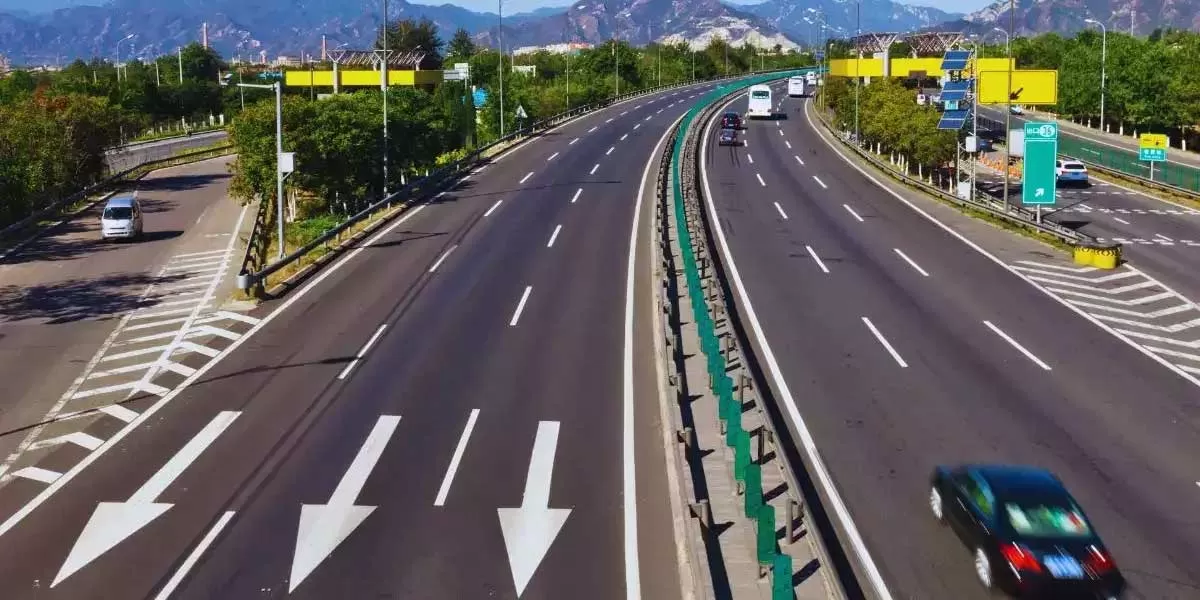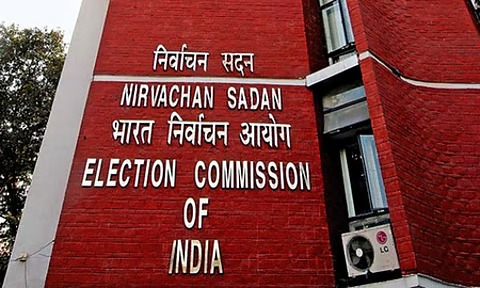 Image Source: Construction World
Image Source: Construction World
The upcoming Nagpur-Goa Expressway, officially named the Shaktipeeth Expressway, is more than just a high-speed corridor—it’s a spiritual and infrastructural lifeline. Spanning 802 km, this six-lane greenfield expressway will reduce travel time from 21 hours to just 8 hours, cutting the distance from 1,110 km to 802 km. But what truly sets it apart is its divine alignment.
The expressway is named after the three major Shakti Peethas it connects—Mahalakshmi Temple in Kolhapur, Tuljabhavani Temple in Tuljapur, and the Patradevi Temple in North Goa. These sacred sites are revered as seats of Shakti (divine feminine energy), making the route a pilgrimage corridor as well as a logistics game-changer.
Planned by the Maharashtra State Road Development Corporation (MSRDC), the ₹86,000 crore project will pass through 12 districts, boosting regional development, tourism, and trade. It’s also designed as a green corridor, with tree plantations and reduced fuel consumption goals.
Key Highlights:
-
Name Origin: Connects 3 Shakti Peethas—Kolhapur, Tuljapur, Patradevi
-
Length: 802 km | Travel Time Cut: 21 hrs → 8 hrs
-
Cost: ₹86,000 crore | Lanes: 6
-
Districts Covered: 12 in Maharashtra + North Goa
-
Spiritual + Economic Impact: Pilgrimage + trade corridor
Source: Times Now – Why the Nagpur-Goa Expressway Is Called Shaktipeeth
Advertisement
Advertisement






